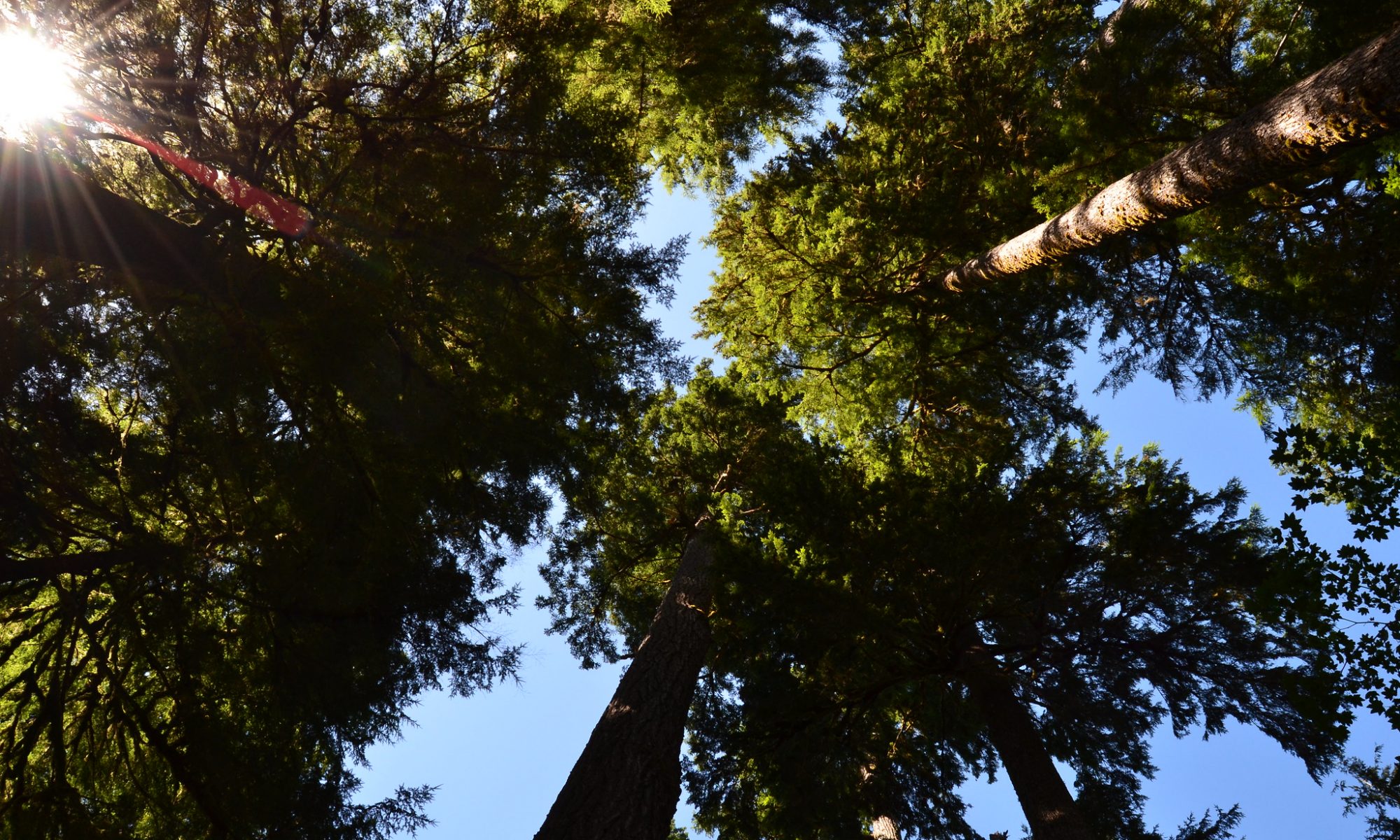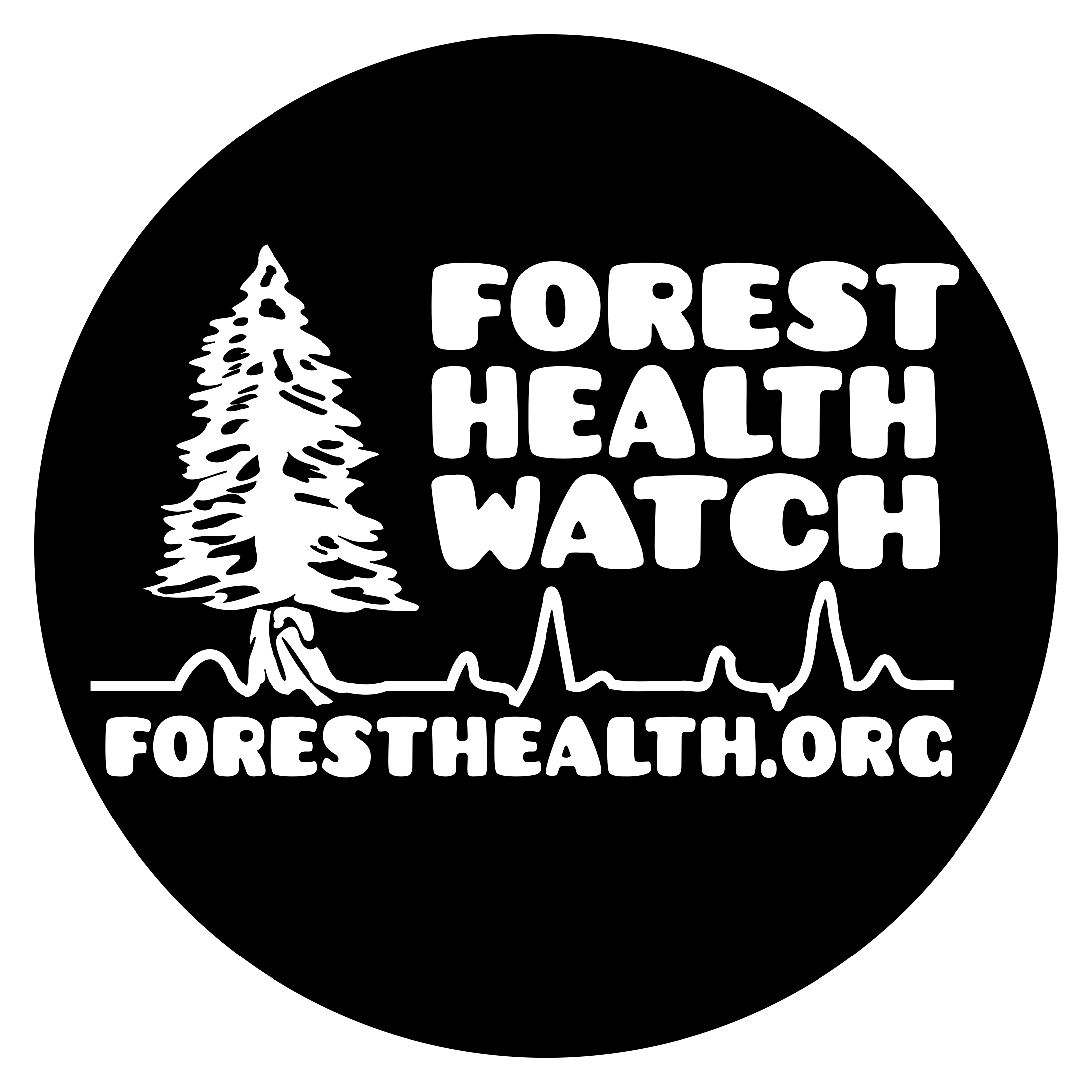The ‘sooty’ fungal structures may be observed growing on the stem or branches where the bark has flaked off.
These fungal structures release tiny spores that can spread via the wind during certain times of the year (When? See research needs).
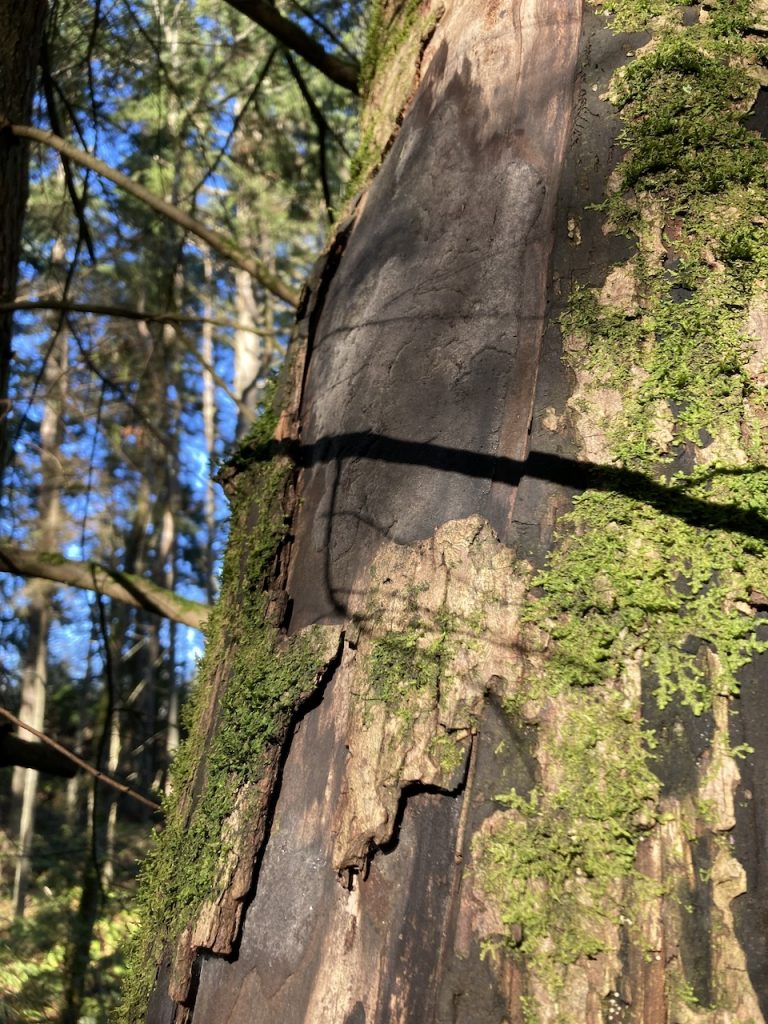
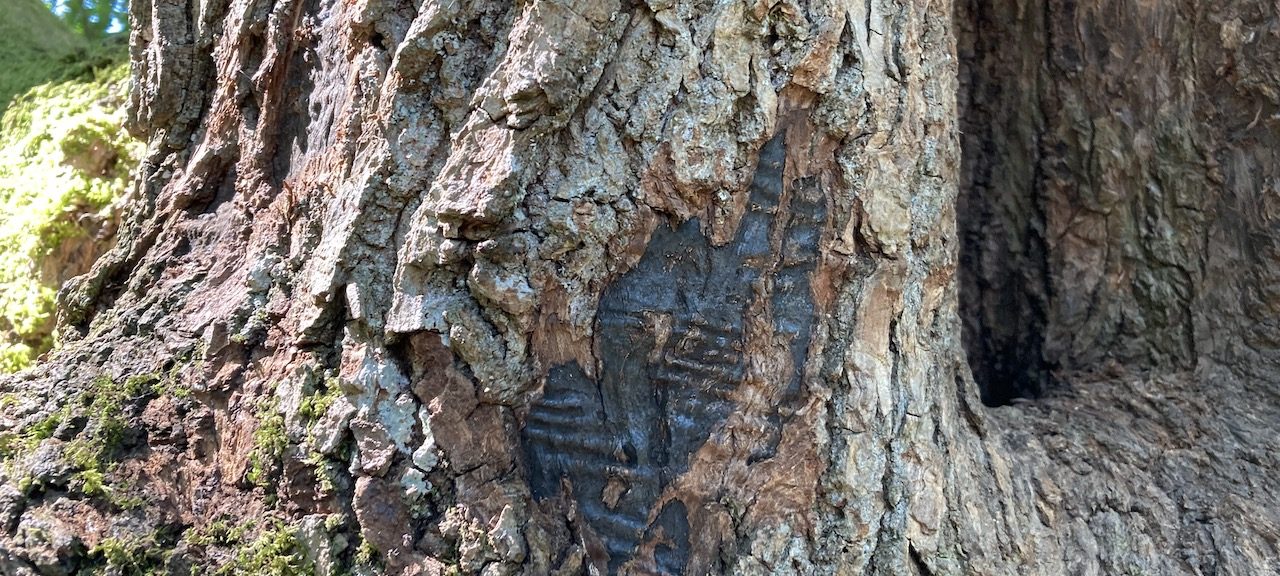

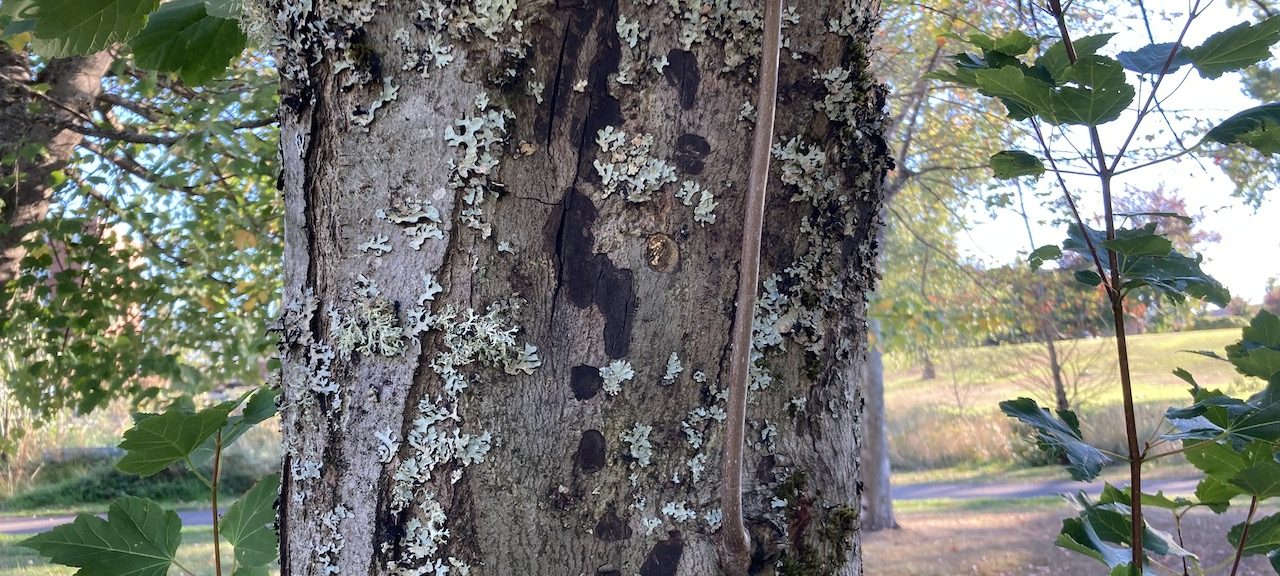
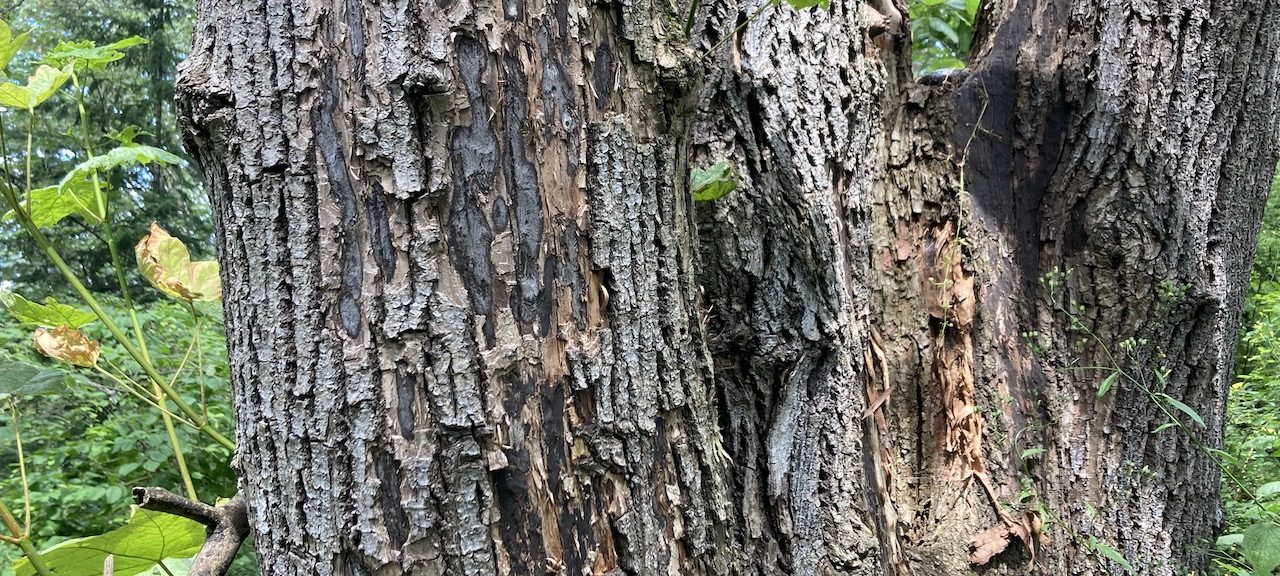



Sooty bark disease is caused by the fungus Cryptostroma [Biscogniauxia] corticale.
The ‘sooty’ fungal structures may be observed growing on the stem or branches where the bark has flaked off.
These fungal structures release tiny spores that can spread via the wind during certain times of the year (When? See research needs).

Please check our other webpage for more information and resources:
Sooty Bark Diseaese, Ornamental Plant Pathology Program, Washington State University
You’re welcome to send samples to our lab for confirmation. Instructions for collecting samples are available here.
Contact us if you’re interested in submitting a sample.

In general, it is our understanding that C. corticale has been present and spreading in Washington (and greater Pacific Northwest) since at least the late 1960s, but it did not emerge as an noticeable issue until recently.
Sooty bark disease is likely emerging as an issue now because of the recent increase in the length and intensity of the summer droughts in the Pacific Northwest.
These changes in climate are likely driving the emergence of sooty bark disease for two reasons:
Trees are more stressed because of the increased length between rain events
The fungus is favored by warmer temperatures, growing faster and 'behaving' more aggressively.


There are no upcoming events at this time
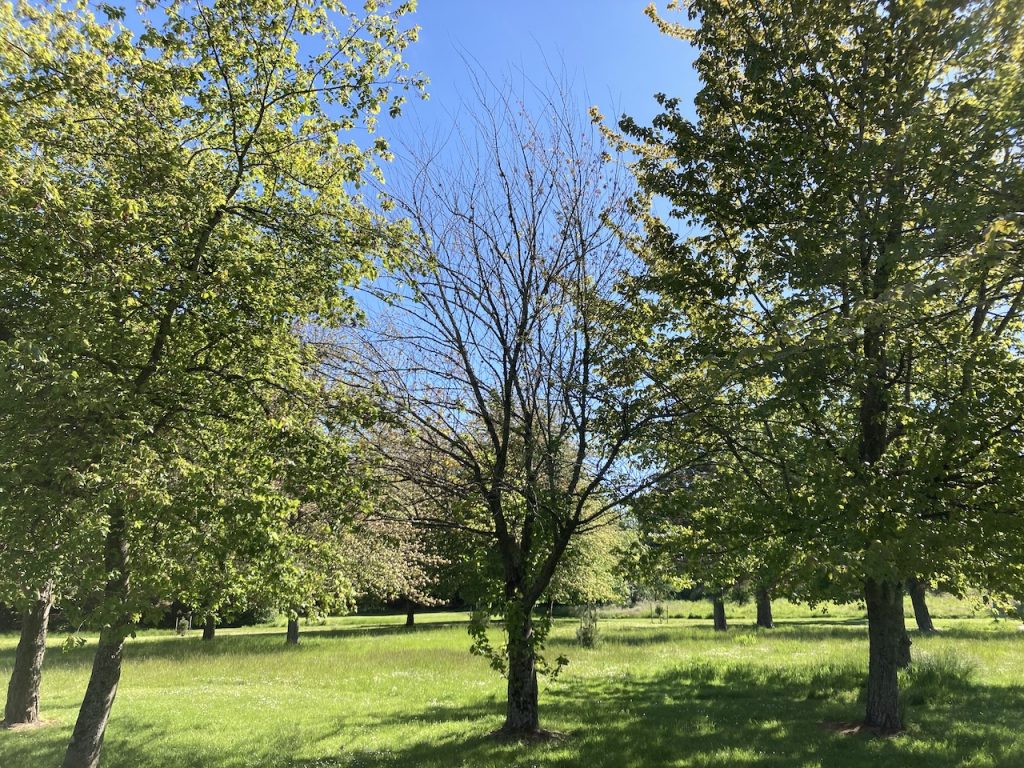
Please note, inhaling spores from Cryptostroma corticale can cause hypersensitivity pneumonitis or temporary respiratory issues in some people. If you’re vulnerable, we recommend wearing a N95 mask or respirator for protection against inhaling the fungal spores while handling possibly infected plant samples. If you’re concerned, please read more at this Maple Bark Disease resource provided by the Washington State Department of Health.
.
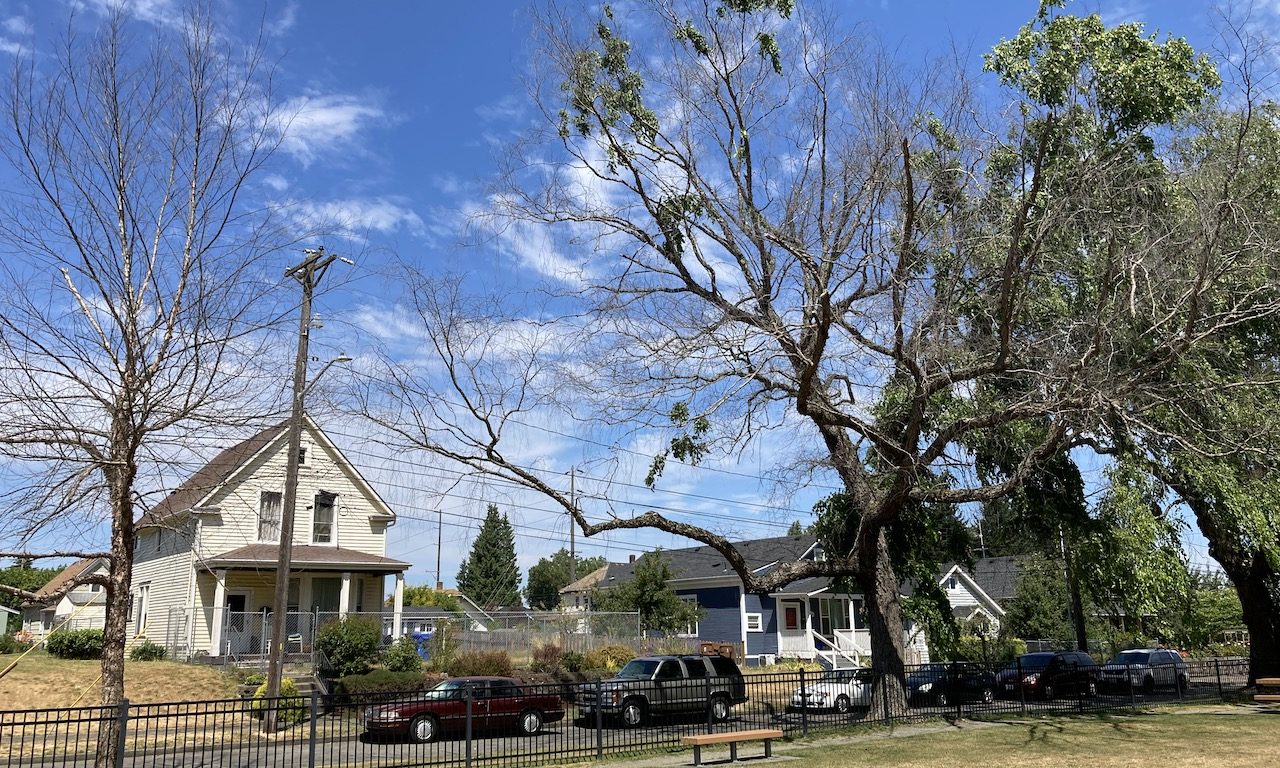
You can accelerate research about the breadth and impact of sooty bark disease. Join the iNaturalist project and share observations of trees infected with sooty bark disease. This information will help us understand where the disease is affecting trees and which species are susceptible.
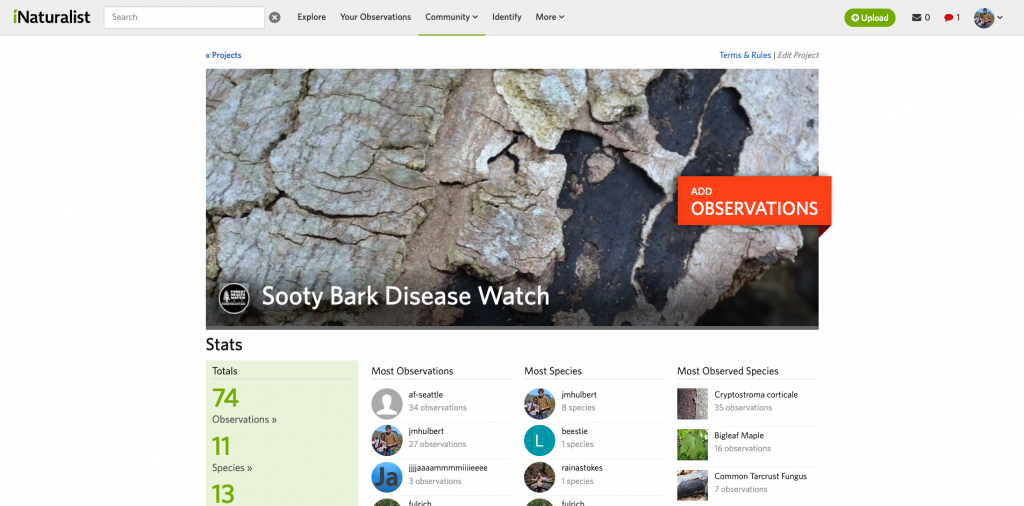
Is the prevalence of Sooty Bark Disease worse in hotter areas of Tacoma?
Together we can answer this question.
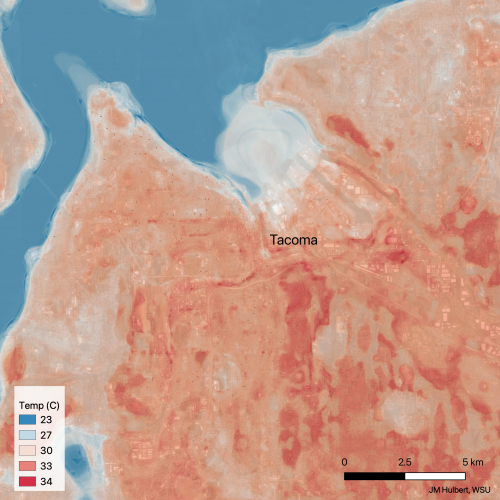
Air temperature data collected in July 2018 and shared by the City of Tacoma. Learn more in the Tacoma Community Forestry Story Map.
Visit our webpage here to accelerate research in Tacoma

